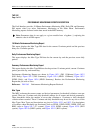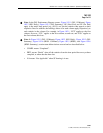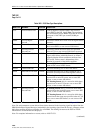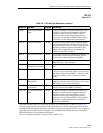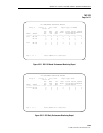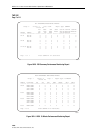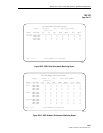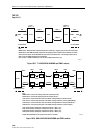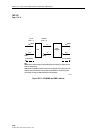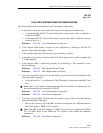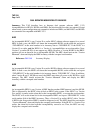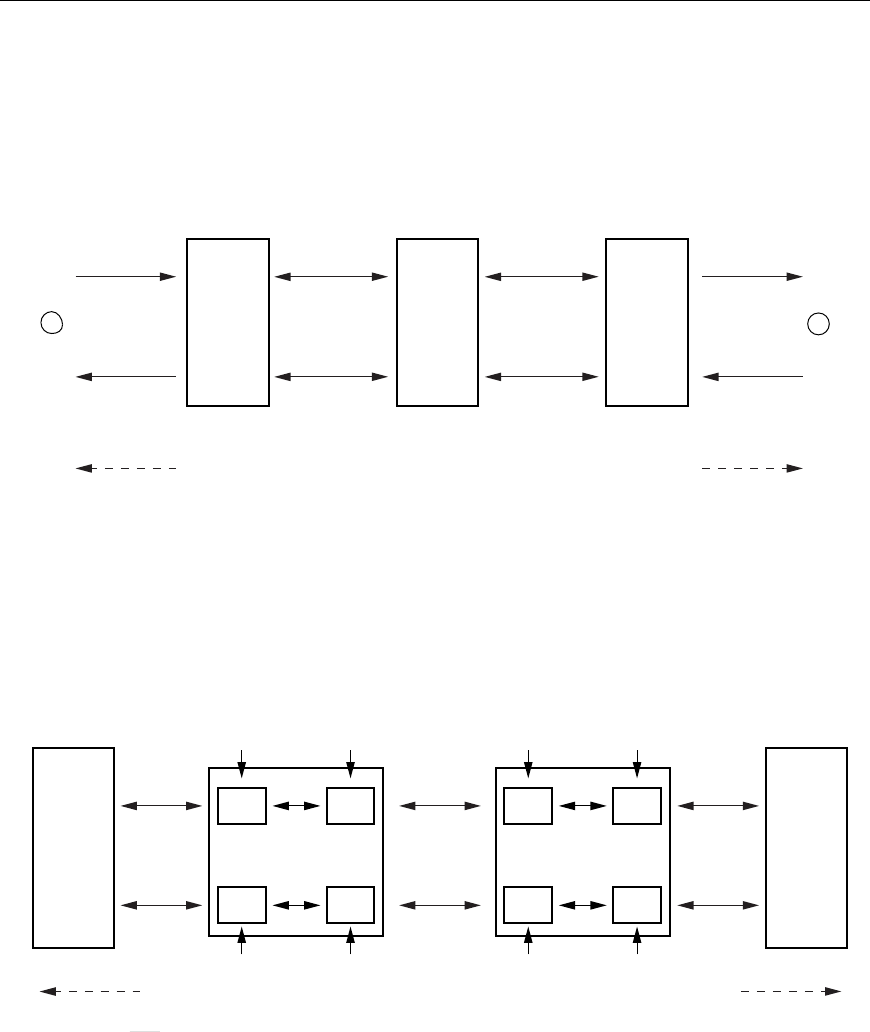
ADCP-61-471 • Issue 4 • June 2000 • Section 2: Operation and Maintenance
2-308
© 2000, ADC Telecommunications, Inc.
TAP-102
Page 9 of 11
KEY
NEND means "PM information collected directly from incoming T1 signals, both at local and remote sites."
FEND means "ESF PRM information collected at the opposite ends of spans from the affected circuit and
returned to the system via the ESF Datalink, both at local and remote sites". The framing format must be
ESF in order for FEND information to be displayed.
Note: For Site 1, FEND information is at A; for Site 2, FEND information is at 2.
11377-A
NEND NEND FEND
HRXHLXC
HLXR
FEND
REMOTE
(SITE = -2)
LOCAL
(SITE = -1)
LOOP 1
LOOP 2
LOOP 1
LOOP 2
DS1
DS1
DS1
DS1
TO NETWORK TO CUSTOMER
A
2
Figure 102-7. T1 HLXC/HRX/HLXR NEND and FEND Locations
11375-B
NEND
NEND
FEND
HLXC
HLXR
FEND
TO NETWORK/MUX
TO CUSTOMER
LOOP 2
LOOP 1
LOOP 2
LOOP 1
LOOP 1
LOOP 2
HRX1
XCVR
CRP1
CRP1
XCVR
XCVR
RRP1
RRP1
XCVR
HRX2
XCVR
CRP2
CRP2
XCVR
XCVR
RRP2
RRP2
XCVR
KEY
NEND means "at the HLXC, looking toward the customer (HLXR)."
FEND means "at the HLXR, looking toward the network (HLXC)."
CRP1 means "at the central office side of the HRX1, looking toward the network (HLXC)."
RRP1 means "at the remote (CPE) side of the HRX1, looking toward the customer (HRX2/HLXR)."
CRP2 means "at the central office side of the HRX2, looking toward the network (HRX1/HLXC)."
RRP2 means "at the remote (CPE) side of the HRX2, looking toward the customer (HLXR)."
CRP1 (Alarm History, PM Reports, and Status screens) = LINE 1 (TL1)
RRP1 (Alarm History, PM Reports, and Status screens) = LINE 2 (TL1)
CRP2 (Alarm History, PM Reports, and Status screens) = LINE 3 (TL1)
RRP2 (Alarm History, PM Reports, and Status screens) = LINE 4 (TL1)
NOTE: CRP2 and RRP2 are not present when there is no HRX2.
Figure 102-8. HDSL HLXC/HRX/HLXR NEND and FEND Locations



